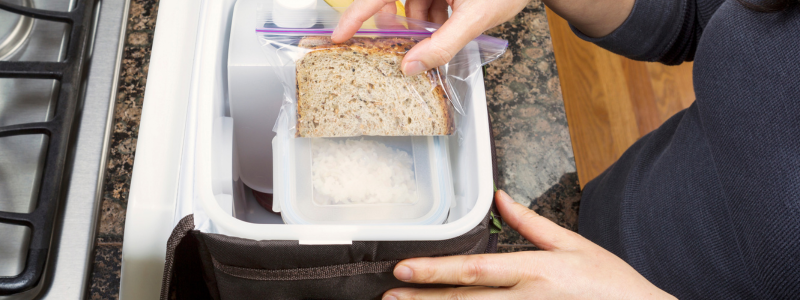Your Guide to Providing Meal and Rest Breaks for Nannies:
All workers need breaks. Taking breaks for rest and meals have been shown to increase our energy level, job satisfaction, and overall mental health and well being. Taking an uninterrupted break can allow a nanny to be more emotionally and physically present, and better able to provide for the needs of the children in their care.
In fact, most states require that employers provide meal and rest breaks. While nannies and other domestic workers were initially excluded from labor laws, many states and municipalities have corrected this in recent years. Ensuring the nanny you employ gets a break, or is compensated for any breaks they cannot take, is a best practice regardless of the laws in your area.
That being said, nannies are often alone with children throughout the day, so providing a true break can seem complicated at first, but we’ll walk you through how to make them happen!
How much meal and rest break time should I provide?
Nannies should receive a 30-minute meal period for every five hours worked, and a 10-minute rest break during four hours of work. Rest breaks are always paid, and meal periods may be unpaid depending on the circumstances.
When is the meal break paid and when is it unpaid?
Unpaid Meal Breaks
Meal periods can be unpaid only when: a nanny is completely relieved from duty, has the ability to leave the work site (usually your home), and is free from any work obligations, including being required to respond to a call or text from you.
This 30 minute unpaid meal break is the nanny’s time to do whatever they like— eating lunch at the park down the street with friends, talking on their phone, running a quick errand, taking a nap. You know, anything that they might do when they’re not at work.
What they’re not doing is hanging out with their adorable charges, doing any work for your family, or talking or texting with you.
Paid Meal Breaks
Nannies should be paid during their meal period if they must stay in the home or be available to respond to communication with employers. So for example, even if a nanny takes 30 minutes to eat uninterrupted while your child is napping, they are still working, so their meal would be paid.
This sounds nice, but there is no way that I can arrange for the nanny to be completely off duty during their work day. What can I do?
In a perfect world we would get to take the breaks we need, but the reality is that often there is no one to relieve the nanny of their duties. Not all of us work from home or have flexible schedules or have a friendly and available neighbor who can pop in. If this is the case, the nanny might be having their meals with the kids, or while they are resting. If this is the situation in your house regularly or on any given day, then the nanny should be paid an additional 30 minutes at their rate, on top of their regular hours.
Tips for providing Meal and Rest breaks for the nanny you employ:
- Familiarize yourself with the laws and regulations in your state or country regarding meal and rest breaks for employees. This will help you ensure that you are providing the appropriate breaks for your nanny.
- Recognize that all people need down time. As most of us know from our own experience, being present with children can be intense and tiring, no matter how much we care! We all need time to attend to our own needs.
- Communicate clearly with the nanny you employ about their meal and rest breaks. Make a plan together for them to take their breaks.
- Make sure that rest and meal breaks are a part of your work agreement and time sheets. This is a great way to make sure that breaks don’t get forgotten!
- Think of creative solutions for how to make breaks possible for your nanny. Are you or someone else working from home and can you take over for the break periods, to make sure that they are not interrupted or on-call?
- Consider providing snacks or meals for your nanny to eat during their break, and a comfortable and private place in your home where they can take them.
- Change your expectations around housework. Make sure that you are not asking for housework or other additional work that impedes a worker’s ability to take a break when the child is napping or not needing supervision.
The Takeaways:
- Nannies should receive a 30-minute meal period for every five hours worked
- Nannies should receive a 10-minute rest break during four hours of work
- Rest breaks are always paid
- Meal periods can be unpaid only when a nanny is completely relieved from duty, has the ability to leave the work site, and is free from any work obligations
- Nannies should be paid during their meal period if they are able to take a full uninterrupted and unmonitored break, but must stay in the home or be available to respond to communication with employers.
- If you are unable to provide a meal break, provide 30 minutes of additional pay.
Note that meal and rest breaks should also be provided for house cleaners, gardeners, cooks, home attendants, and all workers in your home for work for 4 or more hours at a time.
*Information on Meal and Rest Breaks is based on the Seattle Domestic Worker Ordinance, Q&A





